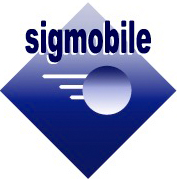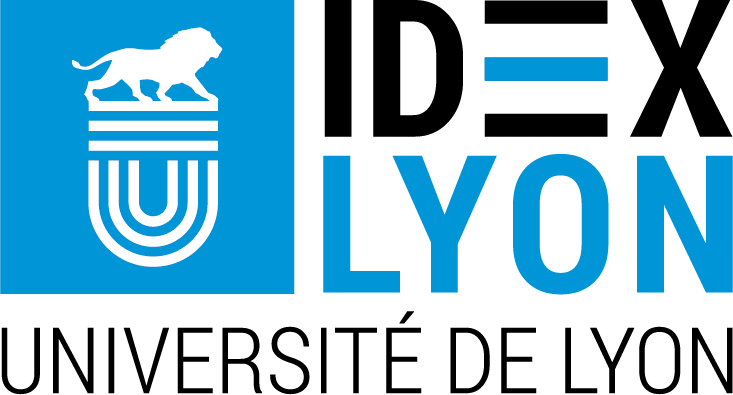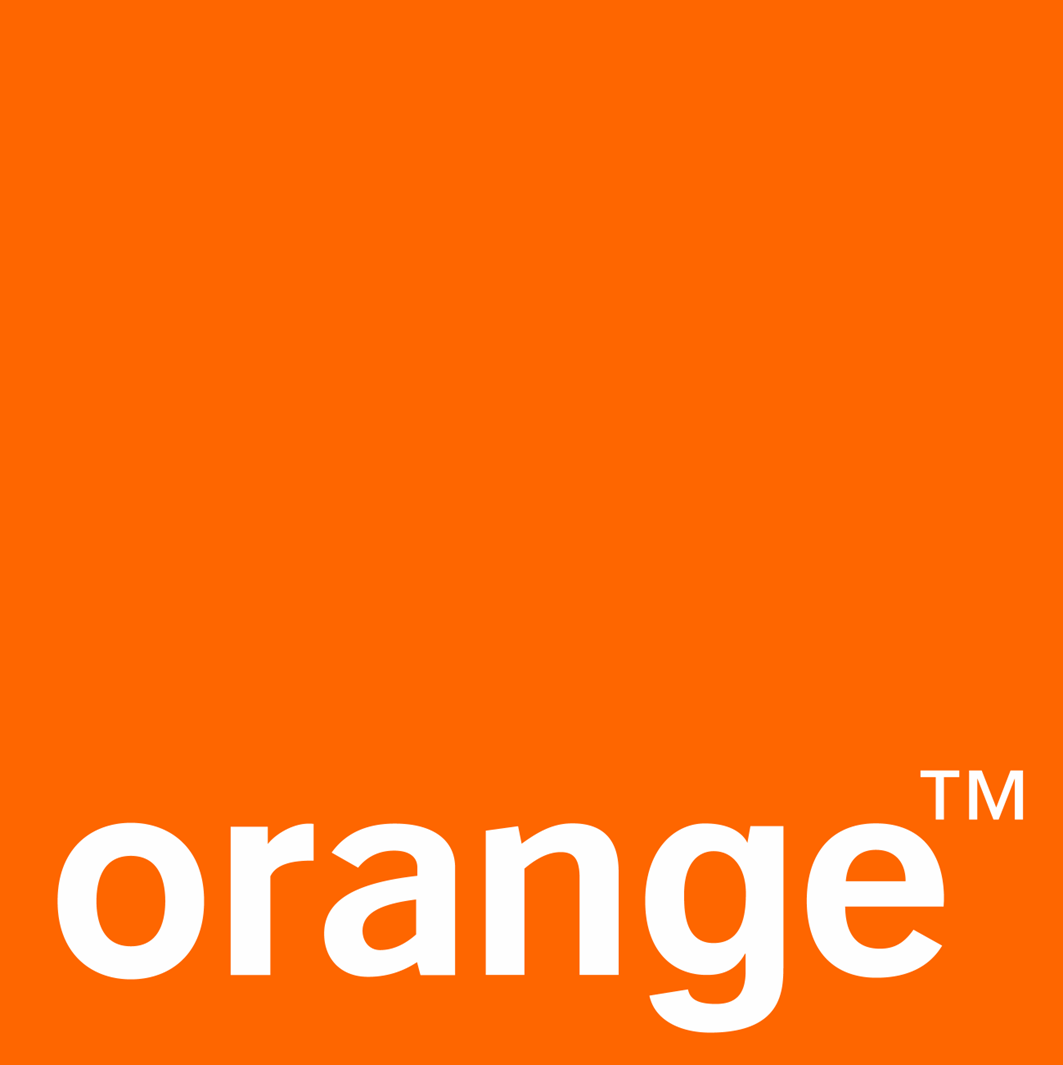Workshops & Tutorials program
Workshops
AWAKE: Wake-Up Radio Technologies for Next Generation Wireless Communications
Monday 17th, 9:00AM - 12:30PM
Location: Lab room - Level 0 - Chappe building
Chairs
Keynote: Heterogeneous networks leveraging wake-up radio
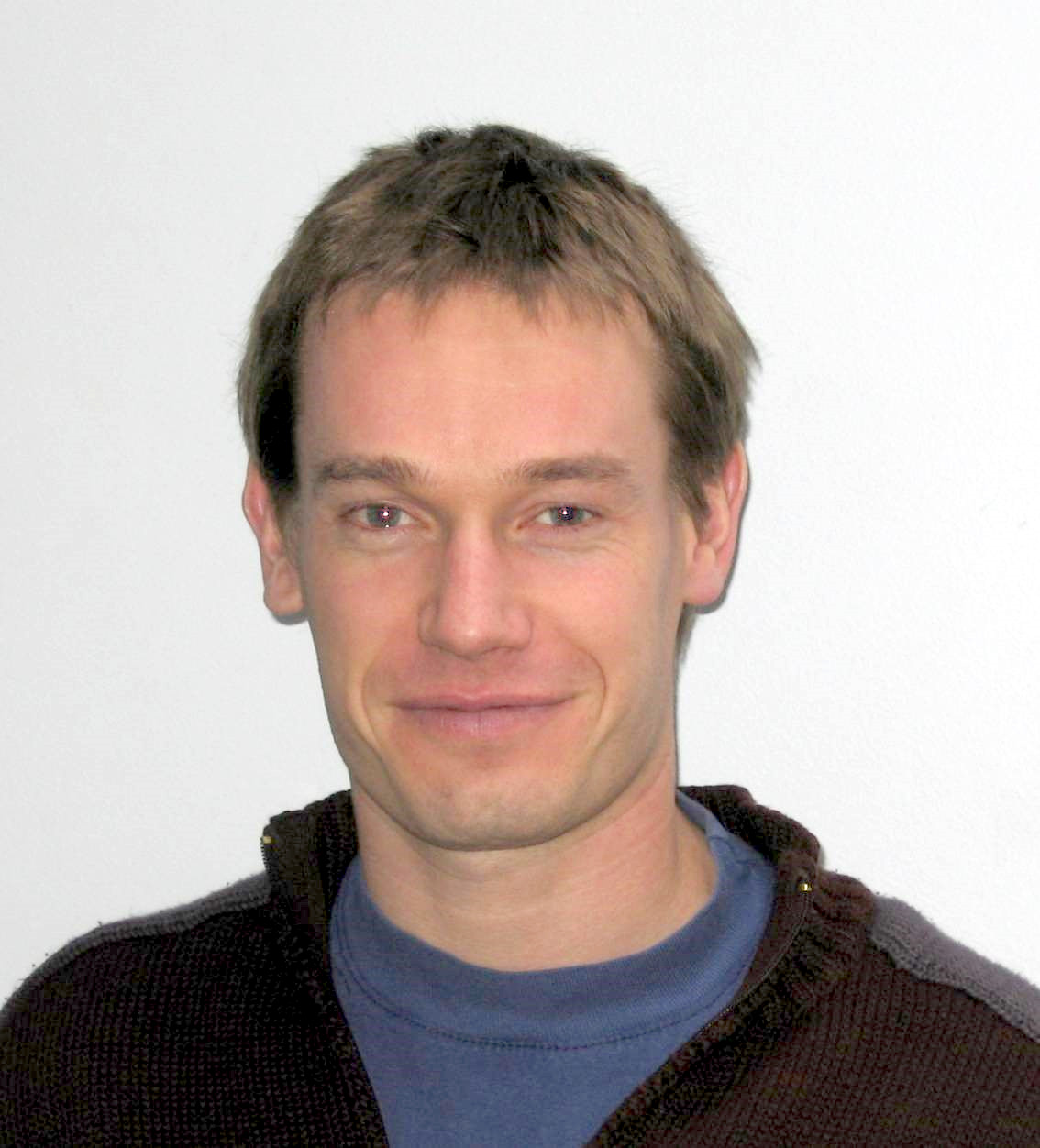
Olivier Berder (University of Rennes 1, IRISA laboratory, France)
Bio: Olivier Berder received M.S. and Ph.D. degrees in electrical engineering from the University of Bretagne Occidentale, Brest, in 1999, and 2002, respectively. From 2002 to 2004 he was with the Laboratory for Electronics and Telecommunication Systems (LEST–UMR CNRS 6165), Brest. After a postdoc position at Orange Labs (Speech and Sound Technologies and Processes Laboratory), in March 2005 he joined the University of Rennes 1 where he is currently a Professor at IUT Lannion, and IRISA laboratory. He is the leader of GRANIT team and his research interests focus on energy management and cooperative techniques for mobile communications and wireless sensor networks. He has co-authored more than 120 peer reviewed papers in international journals or conferences and has participated in numerous collaborative projects founded by either European Union or French National Research Agency, mainly related to Wireless Sensor Networks.
Nour El Hoda DJIDI (IRISA, University of Rennes 1, France), Antoine Courtay (IRISA, University of Rennes 1, France), Matthieu Gautier (IRISA, University of Rennes 1, France), Olivier Berder (IRISA, University of Rennes 1, France), Michele Magno (ETH Zürich, Switzerland)
Sebastian Lucas Sampayo (University of Strasbourg, France), Julien Montavont (University of Strasbourg, France), Thomas Noel (University of Strasbourg, France)
Felix Cabarcas (Pontificia Universidad Javeriana), Juan Aranda (Universidad Sergio Arboleda), Diego Mendez (Pontificia Universidad Javeriana)
Nahit Pawar (Telecom SudParis, Evry, France), Thomas Bourgeau (KB DIGITAL AG, Switzerland), Hakima Chaouchi (Telecom SudParis, Evry, France)
Matteo D'Addato (ARCES-DEI, Italy), Alessio Antolini (ARCES-DEI, Italy), Francesco Renzini (ARCES-DEI, Italy), Alessia Maria Elgani (ARCES-DEI, Italy), Luca Perilli (ARCES-DEI, Italy), Eleonora Franchi Scarselli (ARCES-DEI, Italy), Antonio Gnudi (ARCES-DEI, Italy), Michele Magno (ETH Zurich, Switzerland), Roberto Canegallo (STMicroelectronics Italy)
OBSN: On-Body Sensor Networks
Monday 17th, 9:00AM - 12:30PM
Location: Projet A.0 - Level 0 - Chappe Building
Chairs (Mathias Ciliberto, Kristof Van Laerhoven)
Yulong Liu (Southern University of Science and Technology, China), Miao Wang (Southern University of Science and Technology, China), Bingyi Xia (Southern University of Science and Technology, China), Terry Tao Ye (Southern University of Science and Technology, China)
Antonis Vafeas (University of Bristol, UK), Md Israfil Biswas (University of Bristol, UK), Xenofon Fafoutis (Technical University of Denmark, Denmark), Atis Elsts (Institute of Electronics and Computer Science, Latvia), Ian Craddock (University of Bristol, UK), Robert Piechocki (University of Bristol, UK), George Oikonomou (University of Bristol, UK)
Mathias Ciliberto (University of Sussex, UK)
Corentin Lavaud (Univ Rennes, CNRS, IRISA, France), Antoine Courtay (Univ Rennes, CNRS, IRISA, France), Matthieu Gautier (Univ Rennes, CNRS, IRISA, France), Olivier Berder (Univ Rennes, CNRS, IRISA, France)
Simon Stankoski (Jozef Stefan Institute, Slovenia), Nina Rescic (Jozef Stefan Institute, Slovenia), Grega Mezic (Jozef Stefan Institute, Slovenia), Mitja Luštrek (Jozef Stefan Institute, Slovenia)
Kristof Van Laerhoven (Universität Siegen, Germany)
FAILSAFE: Engineering of Reliable, Robust, and Secure Embedded Wireless Sensing Systems
Monday 17th, 2:00PM - 5:30PM
Location: Projet A.0 - Level 0 - Chappe Building
Failsafe chairs
Manoël Dahan (INSA de Lyon, Inria, France), Abdoul Aziz Mbacke (INSA de Lyon, Inria, France), Oana Iova (INSA de Lyon, Inria, France), Hervé Rivano (INSA de Lyon, Inria, France)
Mateusz Banaszek (Faculty of Mathematics, Informatics and Mechanics, University of Warsaw), Inga Rub (Faculty of Mathematics, Informatics and Mechanics, University of Warsaw), Maciej Dębski (Faculty of Mathematics, Informatics and Mechanics, University of Warsaw), Agnieszka Paszkowsk (Faculty of Mathematics, Informatics and Mechanics, University of Warsaw), Maciej Kisiel (Faculty of Mathematics, Informatics and Mechanics, University of Warsaw), David Lazarczyk (Faculty of Mathematics, Informatics and Mechanics, University of Warsaw), Ewa Glogowska (Faculty of Mathematics, Informatics and Mechanics, University of Warsaw), Przemyslaw Gumienny (Faculty of Mathematics, Informatics and Mechanics, University of Warsaw), Cezary Siluszyk (Faculty of Mathematics, Informatics and Mechanics, University of Warsaw), Piotr Ciolkosz (Faculty of Mathematics, Informatics and Mechanics, University of Warsaw), Jacek Lysiak (Faculty of Mathematics, Informatics and Mechanics, University of Warsaw), Wojciech Dubiel (Faculty of Mathematics, Informatics and Mechanics, University of Warsaw), Szymon Acedanski (Faculty of Mathematics, Informatics and Mechanics, University of Warsaw), Przemyslaw Horban (Faculty of Mathematics, Informatics and Mechanics, University of Warsaw), Konrad Iwanicki (Faculty of Mathematics, Informatics and Mechanics, University of Warsaw)
Maciej Matraszek (Faculty of Mathematics, Informatics and Mechanics, University of Warsaw, Poland), Inga Rub (Faculty of Mathematics, Informatics and Mechanics, University of Warsaw, Poland), Piotr Konorski (Astronomical Observatory, University of Warsaw, Poland), Dominik Batorski (Interdisciplinary Center for Mathematical and Computational Modeling, University of Warsaw , Poland), Konrad Iwanicki (Faculty of Mathematics, Informatics and Mechanics, University of Warsaw, Poland)
Keynote: Predictions of the unexpected - deploying IoT applications in the wild

Utz Roedig (University College Cork, Ireland)
Bio: Professor Utz Roedig is Full Professor of Computer Science at University College Cork (UCC) in Ireland. Before moving to Cork he was Professor at Lancaster University, UK, where he led the Academic Centre of Excellence in Cyber Security Research (ACE-CSR). Prior to his work in Lancaster he held research positions at UCC and Darmstadt University of Technology, Germany. He holds a Dr.-Ing and Dipl.-Ing from Darmstadt University of Technology.
His research interests are computer networks and security and he has published over 150 peer-reviewed papers in this field. His research collaborations with industry partners has resulted in several patents. Over the last number of years his research has been supported by a number of research grants funded by EU, EPSRC and Industry. He frequently serves as TPC member of international conferences such as DCOSS, EWSN, IPSN, and he is a grant reviewer for international funding bodies such as EPSRC (UK), ESF (EU) and FWO (Belgium).
Abstract: IoT networks are increasingly used for critical applications. For example, they are used for smart cities, healthcare or to automate factories. In these scenarios we depend on their availability and reliable operation. To design an application such that it always functions as intended it is necessary to accurately predict all conditions the system might be exposed to. A good prediction is necessary to minimise resources (devices, infrastructure, …). This has proven to be a challenge. An IoT system is large-scale and is exposed to a variety of conditions. A large number of people interact with the system (users, operators) and it is used for many many years. In this talk I report on my experience with making predictions regarding the operational circumstances a network is exposed to. I will discuss how factors such as regulations and business choices influence network design. I will describe how the deployment of multiple networks in the same physical space impacts on network behaviour. Finally, I will discuss the impact of environmental properties such as RF and temperature on network performance.
Keynote: A Walk in the Wild: Taking Low-power IP out of the Lab

Simon Duquennoy (Yanzi Networks, Sweden)
Bio: Simon Duquennoy is an architect and builds Internet of Things systems. He currently works as a Senior Network and Security Architect at Yanzi Networks and has done IoT research at RISE SICS and Inria. Simon is a co-founder and current maintainer of Contiki-NG, an open-source OS for Next Generation IoT systems and co-founded of CPSBench, an initiative to define a benchmark for low-power wireless networks and bring rigour to IoT experimentation and comparison.
MaDeLoRa: Massive LoRa Deployments: Challenges and Solutions
Monday 17th, 2:20PM - 5:30PM
Location: Projet B.0 - Level 0 - Chappe Building
Chairs
Dimitrios Zorbas (Tyndall National Institute, University College Cork, Ireland)
Alexandre Marquet (IMT Atlantique, IRISA, France), Nicolas Montavont (IMT Atlantique, IRISA, France)
Joffrey Herard (University of Reims Champagne-Ardenne, CReSTIC, France), Florent Nolot (University of Reims Champagne-Ardenne, CReSTIC, France), Olivier Flauzac (University of Reims Champagne-Ardenne, CReSTIC, France), Philippe Cola (Bouygues Telecom, France)
Ulysse Coutaud (University of Grenoble Alpes & Semtech, France), Martin Heusse, Bernard Tourrancheau (University of Grenoble Alpes, France)
Chairs
Tutorials
FIT IoT Lab tutorial: "End-to-end application with IoT-LAB testbed"
Monday 17th, 2:00PM - 5:00PM
Location: Lab Room - Level 0 - Chappe Building
Attendees will need to bring their laptop, with Virtualbox (mandatory) and Vagrant (optional) installed. We usually encourage people to work in pairs.
A 15 minutes presentation to give an overview of the testbed: design, usage and key-features.
First experimentLaunch your first experiment on the testbed and see basic usage and basic tools.
- Submit an experiment with M3 nodes and the webportal
- Use cli tools to automate interactions
Discover the automatic monitoring capabilities of the testbed.
- Monitor power consumption
- Monitor RSSI
- Radio sniffing
Test private/public IPv6 and large scale possibilities to run your application.
- Networking with RIOT: IPv6, CoAP, LwM2M, LoRa
- Networking with Contiki-NG: IPv6, RPL, TSCH, CoAP
Gather what you learned to solve a basic IoT use case.
- Data collection with CoAP/LoRa/LwM2M and publication to Cayenne/Leshan
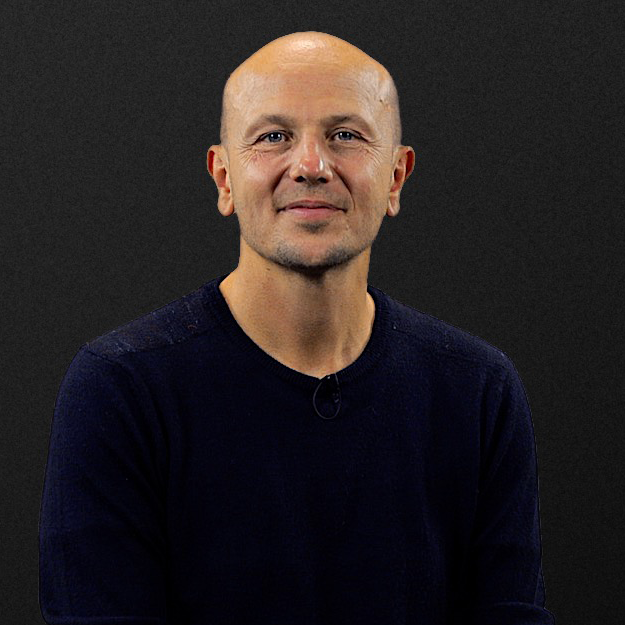
Frédéric Saint-Marcel is a research engineer at Inria Grenoble - Rhône-Alpes. Since 2012 he is the technical leader of FIT IoT-LAB development team focusing on Internet of Things and in charge of the testbed exploitation.

Julien Vandaële is a research engineer at Inria Lille - North Europe. Since 2008, he has been working in Nathalie Mitton's research team, being part of the developers team of the FIT IoT-LAB platform since its inception. He likes to get involved in innovative projects mixing IoT and embedded electronics, with scientific mediation as a background.
A tutorial on Visible Light Communication: An Academic and Industrial Perspective
Monday 17th, 9:00AM - 5:00PM (Full day)
Location: TD-C Room - Level 1 - Chappe Building
Industrial Tutorial
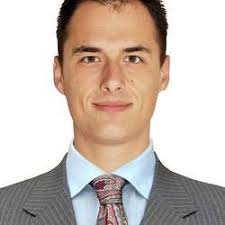
Importance of the Visible Light Spectrum: Present & Future
Stepan Kucera
Senior Research Scientist
Nokia Bell Labs, Ireland
Applications: Session 1
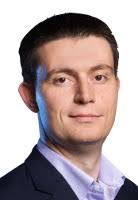
Nikola Serafimovski
VP. Standardization & Business Dev.
pureLiFi Ltd, United Kingdom
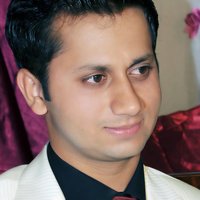
Usman Raza
Research Scientist
Toshiba Research, United Kingdom
Applications: Session 2
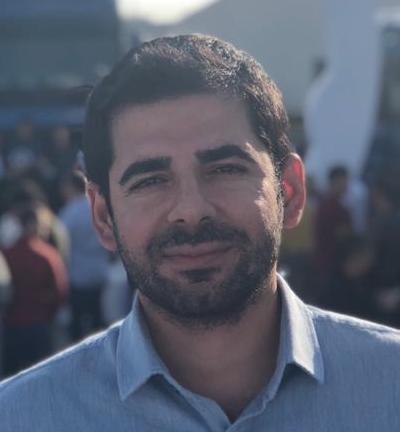
Sercan Karaağaç
Team Leader
Ford-Otosan, Turkey
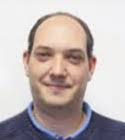
Julio Rufo
CTO and Co-Founder
LightBee, Spain

IEEE Standards for Optical Wireless Communication
Nikola Serafimovski
VP. Standardization & Business Development
pureLiFi Ltd, United Kingdom
Academic Tutorial
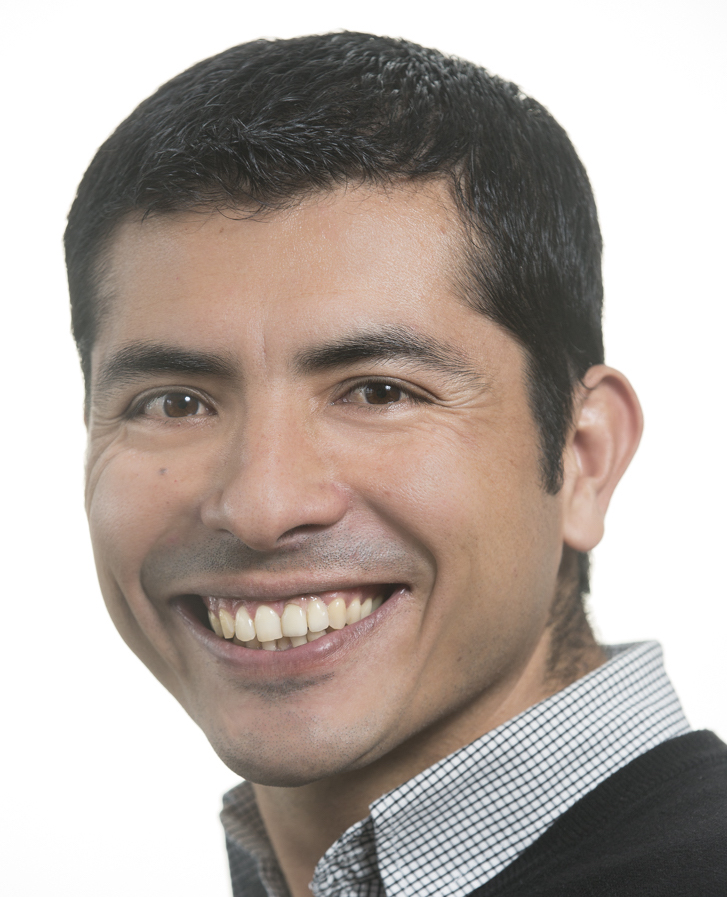
A brief history of Visible Light Communications
Marco A. Zúñiga Zamalloa
Associate Professor
TU Delft, The Netherlands

Transmitters, Receivers and Optical Materials for VLC
Borja Genovés Guzmán
Post Doctoral Researcher
IMDEA Networks Institute, Spain
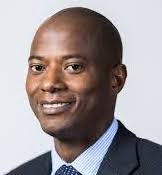
Basic and Advanced Modulation Techniques
Wasio O. Popoola
University Lecturer
The University of Edinburgh, United Kingdom
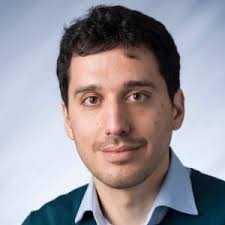
MAC, Network and Transport Layers & Demonstration
Domenico Giustiniano
Research Associate Professor
IMDEA Networks Institute, Spain

Mobile, Passive and Low-power VLC
Marco A. Zúñiga Zamalloa
Associate Professor
TU Delft, The Netherlands


